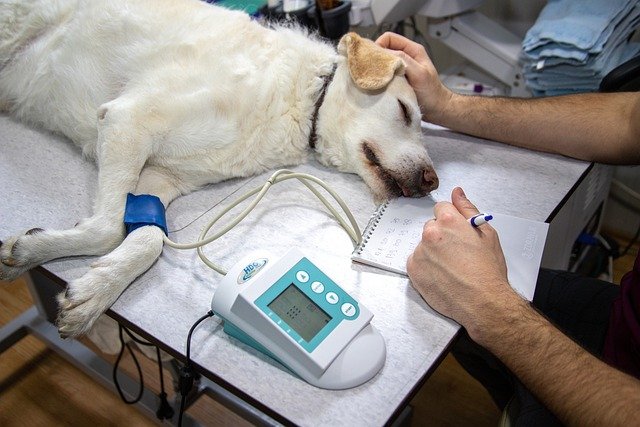Practical Steps to Estimate Years from Size and Breed Traits
Estimating a pet’s age from physical and behavioral clues can help with care decisions when exact birth dates are unknown. This summary outlines practical observations—growth patterns, dental wear, weight changes, mobility, and breed-specific timelines—that combine into a reasoned age estimate. Use these steps as an assessment framework alongside veterinary diagnostics for more accuracy.

Pets without known birth dates require a systematic approach to estimate age. Start with observable features and cross-reference them: growth and weight milestones, dental development and wear, mobility and behavior changes, and breed-based lifespan expectations. Combine visual assessment with basic diagnostics like body condition scoring and, when available, veterinary records. This article provides step-by-step considerations for creating a reasoned chronology of years from size and breed traits. This article is for informational purposes only and should not be considered medical advice. Please consult a qualified healthcare professional for personalized guidance and treatment.
How does growth and weight help assess age
Growth charts and weight patterns offer clear clues, especially in young animals. Puppies and kittens follow predictable development phases: rapid growth in the first months, slowing as they approach adult size. Measuring shoulder height and weight every few weeks can reveal where an animal is on its growth curve. For adult animals, sudden weight gain or loss may reflect health or age-related metabolic changes rather than chronological age. Keep breed-standard weight ranges in mind, since small and large breeds reach adult size on very different timelines.
What dental signs indicate chronological age
Teeth provide one of the most reliable external indicators of age in many pets. In young animals, observe eruption patterns: deciduous teeth appear early, followed by permanent teeth by several months. In older pets, look for tartar, wear, and missing teeth; heavy wear and periodontal disease become more common with advancing years. While dental condition varies with diet and care, combining tooth examination with other milestones gives a more balanced estimate. Dental radiographs and a professional exam can refine age approximations.
How do mobility and behavior reflect development
Mobility and behavior shift across life stages. Playful, highly energetic behavior and coordinated but exploratory movement suggest juvenile or young adult stages. Reduced activity, stiffness, slower reflexes, or reluctance to climb or jump can indicate middle to senior years, or health issues affecting mobility. Behavioral cues—such as social responsiveness, sleep patterns, and learning retention—also vary with development. Consider that temperament and prior experiences can influence behavior, so use mobility and behavior alongside physical markers for assessment.
How to factor breed and lifespan into estimates
Breed traits strongly influence growth rates and expected lifespan. Large and giant dog breeds often mature more slowly but have shorter average lifespans than smaller breeds; cats have less breed variation but some purebreds show distinct timelines. When estimating age, use breed-specific development milestones—such as expected adult weight and skeletal maturity ages—to adjust raw observations. For mixed-breed pets, identify predominant breed characteristics to guide expectations, while remaining cautious about over-reliance on appearance alone.
How to include health, diagnostics, and nutrition in assessment
Basic health indicators and diagnostics sharpen age estimates. Body condition scoring, skin elasticity, coat quality, and ocular clarity offer age-related clues. Nutritional history affects growth lines in teeth and coat condition; prolonged malnutrition can stunt growth and complicate chronology. When available, simple diagnostics—blood work, dental x-rays, or bone radiographs—can suggest physiological age markers. Always interpret diagnostic data with breed and size context, as lab reference ranges may shift across life stages.
How to combine milestones into a practical assessment
Create an assessment checklist: observe growth/weight against breed standards, examine dental eruption and wear, note mobility and behavioral signs, and review health or diagnostics. Assign confidence levels to each indicator—dental patterns might be high-confidence for juveniles, while coat condition might be lower confidence alone. Integrate findings into a range estimate (for example, 6–12 months, 2–4 years, senior 8+ years) rather than a single precise number. Document findings and, when possible, confirm with a veterinarian to refine estimates.
Conclusion
Estimating a pet’s age from size and breed traits relies on combining multiple observable milestones—growth and weight, dental condition, mobility and behavior, and breed-based expectations—plus health and diagnostic context. Using a structured checklist and assigning confidence to each indicator produces a practical age range rather than an exact figure, supporting appropriate nutrition, preventive care, and monitoring tailored to the pet’s likely life stage.






